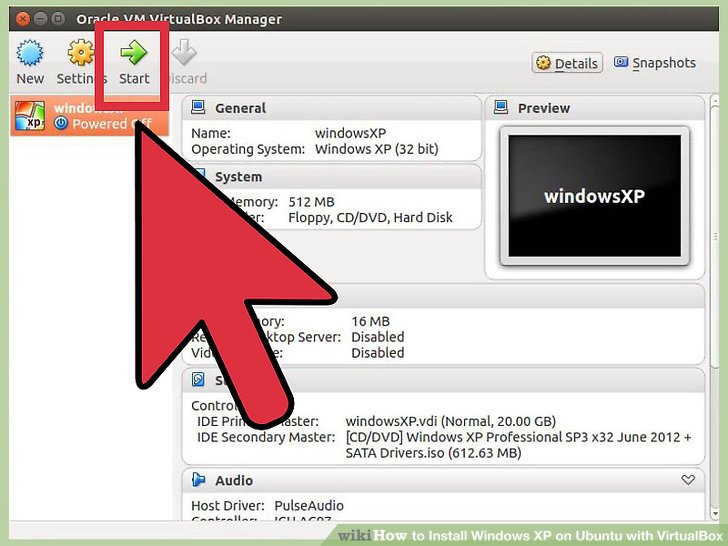

You can do this by holding down Ctrl + Shift + Esc (opens Task Manager) and end any running tasks that you don’t need by right-clicking on the task’s entry and selecting “End task”. The only fix I can think of is by closing any running tasks that are taking up a substantial amount of your RAM. The 87GB free you’re referring to is the disk’s remaining space, but when Hyper-V displays the “Not enough memory in the system to start the Virtual machine Windows 10X.” error, the “memory” it’s referring to is your RAM. Move between different menus and enable virtualization and save the changes by pressing the F10 key.

Every PC has a different name for the virtualization technology so look for “Intel VT-x”, “Intel VT-d” or anything on similar lines. Once you are on the BIOS page, you need to enable “Virtualization”. If the below key is not working then look for the specific BIOS key for your PC manufacturer on the internet.Ģ. You can find the BIOS key from our below table. While rebooting your PC, you need to press the BIOS key which will open the BIOS settings page. First off, you need to enable virtualization from your BIOS settings. However, we have found a workaround and you can find the solution below.ġ. If you have an AMD GPU then you can’t run Windows 10X virtual machine.Hardware virtualization support is mandatory through BIOS or UEFI.Currently, you can’t run Windows 10X on third-party virtual machine applications such as VirtualBox, VMware, QEMU, etc.So in tandem, you need Windows 10 Pro, Enterprise, or Education to run Windows 10X on your PC.


We are not going to install Windows 10X on physical hardware as the ISO image is not out yet.


 0 kommentar(er)
0 kommentar(er)
